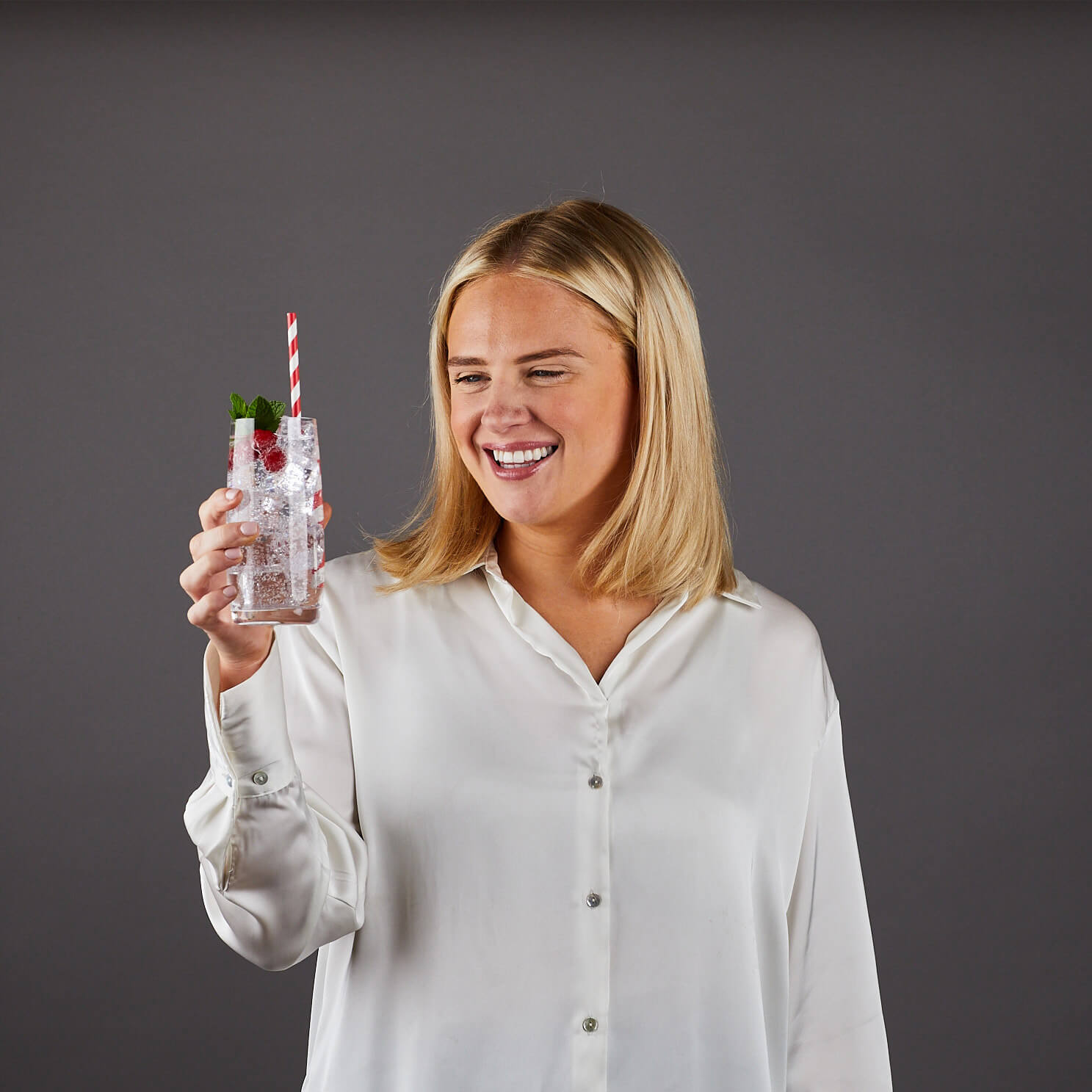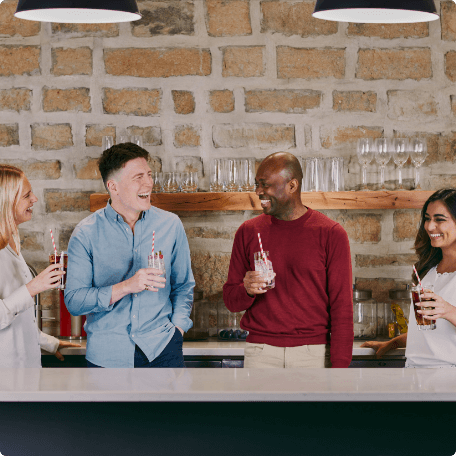Use less CO2 without a compromising the sensory profile
Posted in Industry News
Carbonated soft drinks (CSDs) are loved for their refreshing effervescence and distinctive bite. But have you ever wondered what creates that tingle on your tongue and the sharp bite in your mouth? Let’s delve into the science behind these sensations and explore how adding a product like CO2Sustain can help you reduce the amount of CO2 gas without effecting your drinks sensory profile.
The Carbonation process
Dissolving carbon dioxide (CO₂): As you might know, carbonated beverages are produced by dissolving carbon dioxide gas (CO₂) into the liquid (usually water) under high pressure and at low temperature. When you open a bottle or can, the pressure is released, allowing CO₂ to escape and this form bubbles in the liquid, creating the familiar fizz we all love.
Formation of carbonic acid: When CO₂ dissolves in water, it reacts with water molecules to form carbonic acid H₂CO₃ – (represented by the equation: CO2+H2O→H2CO3) which plays a crucial role in tingle and bite as we will discover below.
The Sensory experience
Tingle and fizz: The physical sensation of carbonation comes from the bubbles themselves. As CO₂ escapes from the liquid and forms bubbles, they rise to the surface and burst. This action creates a tingling sensation on your tongue and in your mouth.
Chemical bite: The “bite” or sharp sensation is primarily due to carbonic acid. Carbonic acid is mildly acidic and can activate the sour and pain receptors in your mouth. The interaction between carbonic acid and the receptors on your tongue results in a burning or tingling sensation.
Role of CO₂
Stimulation of nerve endings: Bubbles and carbonic acid stimulate the trigeminal nerve, responsible for sensation in the face and mouth. This nerve activation contributes to the sharp, tingly feeling on the tongue.
Carbonic anhydrase enzyme: An enzyme called carbonic anhydrase, present in the cells of your taste buds, plays a role in sensing carbonation. This enzyme helps convert carbonic acid back into CO₂ and water, releasing CO₂ at a microscopic level on the taste buds, enhancing the tingling sensation.
Additional factors
Temperature: Colder beverages can hold more dissolved CO₂, leading to a more pronounced fizzy sensation when consumed. The lower temperature also slightly numbs the mouth, enhancing the perception of tingling and bite.
Sweetness and acidity: Many carbonated soft drinks contain additional acids like citric acid or phosphoric acid, contributing to the overall sourness and sharpness of the drink. The balance between sweetness and acidity is crucial for the overall flavour profile and sensory experience.
The role of CO2Sustain in carbonated soft drinks
What is CO2Sustain? CO2Sustain is a product designed to improve the efficiency of carbonation in soft drinks. It allows you to use less CO2 and still retain the same sensory profile and shelf-life.
Why doesn’t CO2Sustain affect the sensory profile?
Maintaining carbonation: CO2Sustain works by stabilizing the CO₂ within the liquid, ensuring that the carbonation level remains consistent from production to consumption. This means that with the correct dose of CO2Sustain, drinks manufacturers can ensure the characteristic tingle and bite (which is dependent on the presence of CO₂ and carbonic acid), remains unchanged.
No alteration to taste: CO2Sustain does not alter the composition of the beverage. It simply helps retain CO₂ within the drink. Since the formation of carbonic acid and the release of CO₂ bubbles remain the same, the sensory experience is preserved.
Consistency in sensory experience: By using less CO₂, CO2Sustain ensures that the drink retains its intended level of fizz and bite, even after being opened. This consistency means that the first sip is just as refreshing and tingly as the last. Manufacturers in areas where there are CO₂ shortages have the option to produce more drinks for the same amount of CO₂ they currently use.
In conclusion
The delightful tingle and sharp bite of carbonated soft drinks are the result of complex chemical and physical interactions involving CO₂, carbonic acid, and sensory receptors in our mouths. A product like CO2Sustain helps maintain the carbonation levels in these beverages without altering their sensory profiles and allows drinks manufacturers to use less CO₂ gas, ensuring that we can enjoy the same refreshing experience every time we take a sip.
You can find out more about the science by watching our ‘How CO2Sustain works’ video or you can call us on +44 (0)113 465 4501 or email info@co2sustain.com for more information.




